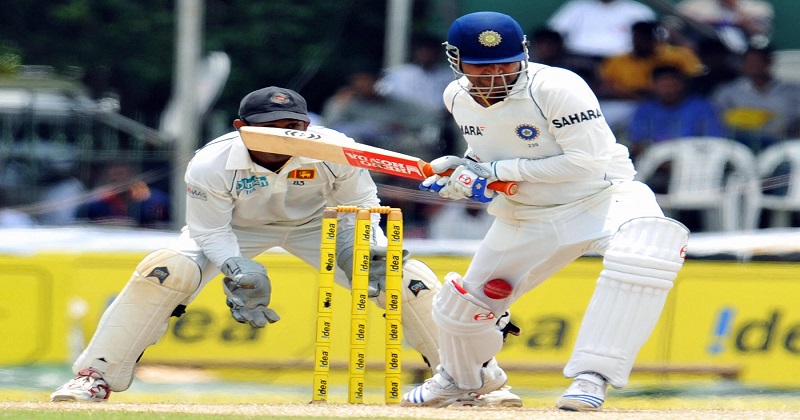
In LBW decisions, as per the existing rule, at least 50 per cent of the ball has to hit any part of a stump. If it is less than 50 per cent, then a batsman will survive on umpire’s call if the on-field decision is not out.The International Cricket Council (ICC) has made a significant change to how LBWs are judged under the Decision Review System (DRS). According to the new set of rules proposed by ICC’s high profile cricket committee, and later approved by the world body, the bowlers will now have a boarder target to aim at.
By including the bails in the ‘wicket zone’, the bowlers will now have more chance of getting LBW decisions in their favour, although the ICC Cricket Committee headed by former India captain Anil Kumble has retained umpire’s call.
The wicket zone is the total area of the stumps, height and width combined. In terms of height, before the rule change, the area up to the bottom edge of the bails was taken into consideration. Following the rule change, the area up to the top edge of the bails will come into play.
For example, if an umpire has adjudged a batsman not out, under the old LBW rule through the DRS, more than half the ball needed to hit the bottom edge of the bails for the decision to be overturned. Under the new rule, more than half the ball needs to hit the top edge of the bails for the on-field decision to be reversed on review.
So, with extra 1.38 inches, the bails’ height, coming into the equation, the bowlers now have a little more room/area for LBWs. Under the old rule, deliveries just clipping the bails stayed with umpire’s call. Following the change, the on-field decision will be reversed if 50 percent of the ball is hitting the top.

Post Your Comments